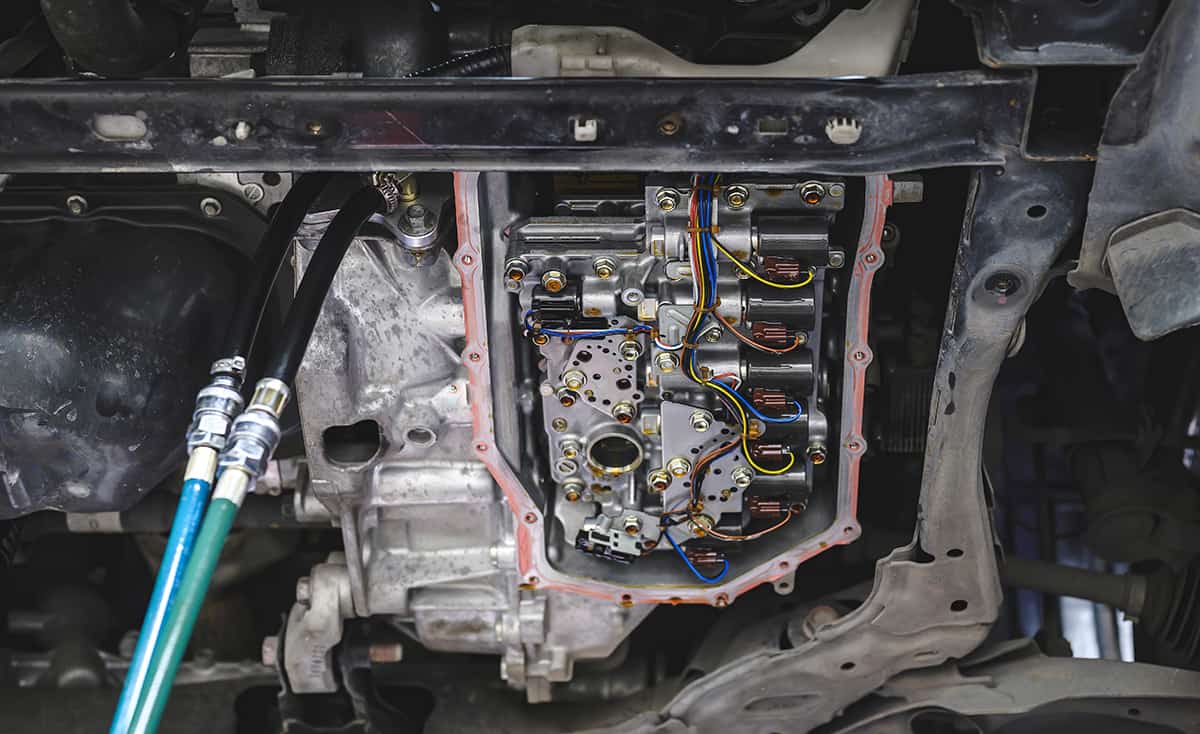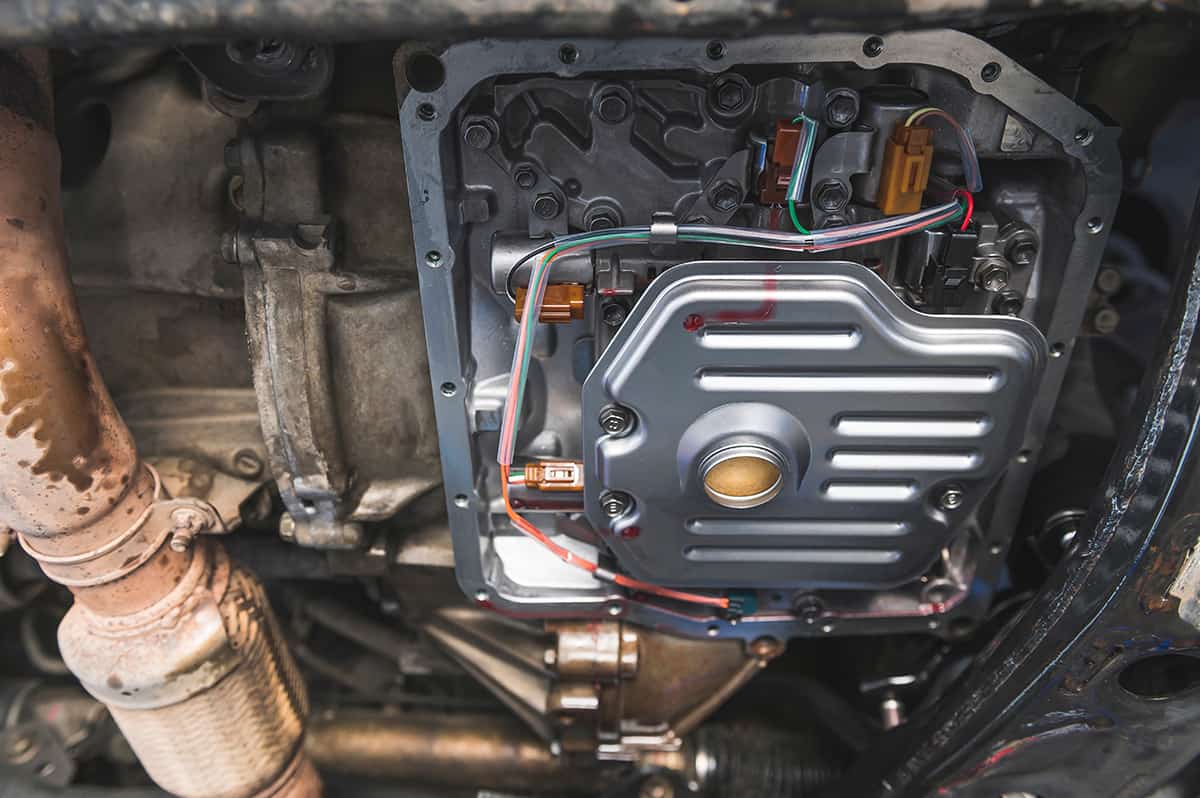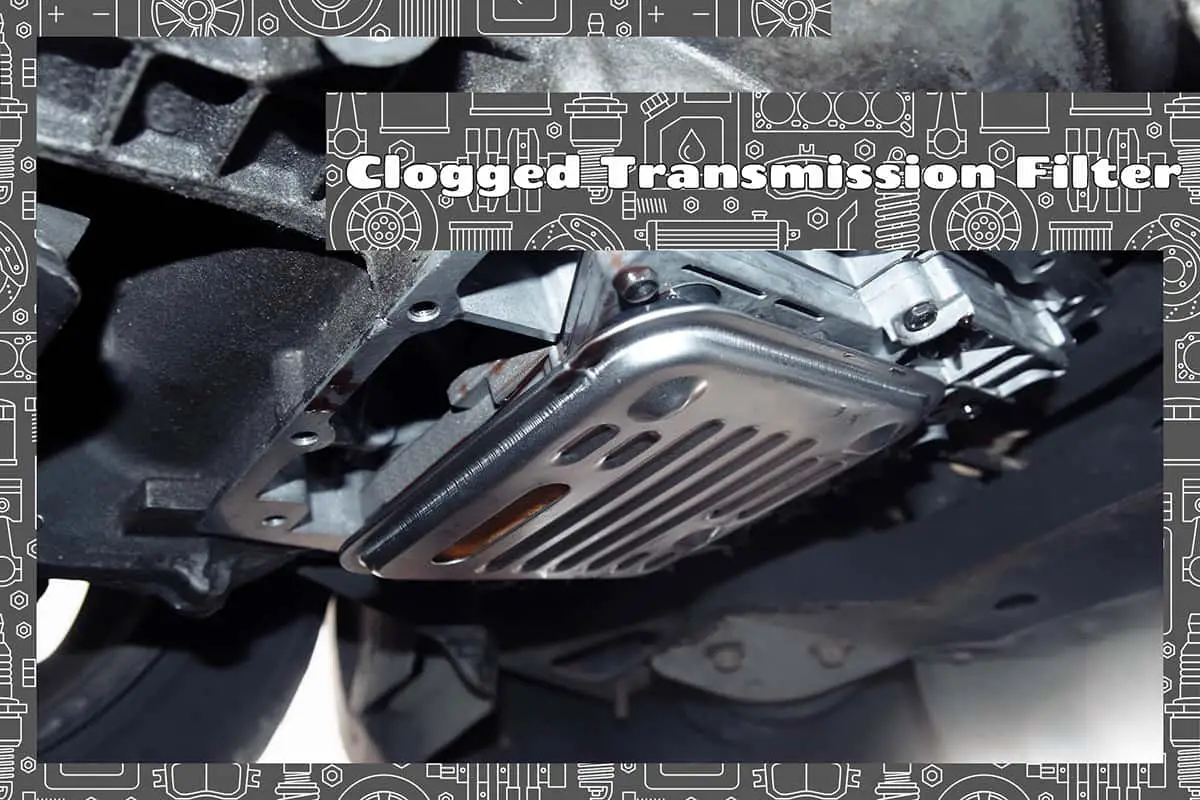Your car’s transmission is like its heart, pumping life (or rather, transmission fluid) throughout its system. One of the key parts of this system is the transmission filter, which acts as a barrier against dirt and debris that could harm your car. If this filter becomes clogged, it can cause some serious issues for your vehicle.
The symptoms and causes of a clogged transmission filter are as follows:
- Symptoms: Difficulty shifting gears, unusual noises from the transmission, leakage of transmission fluid, and poor vehicle performance.
- Causes: Prolonged use of old transmission fluid, inadequate maintenance, driving in dusty or dirty conditions.
This guide will walk you through all the details about clogged transmission filters: their causes, symptoms, how to diagnose and address the issue, and how to prevent it from happening in the future.
The Role of Transmission Filters
Think of the transmission filter as the gatekeeper of your car’s transmission system. Its job is to keep the transmission fluid clean. The transmission fluid cools, lubricates, and helps your car change gears smoothly. But the transmission fluid can pick up dirt, metal shavings, and other contaminants as it flows through the system.
This is where the transmission filter earns its keep. It sifts out these harmful particles, ensuring only clean fluid circulates. Without a working transmission filter, your transmission could wear out much faster, leading to expensive repairs or even a complete replacement.
A transmission filter is typically made of synthetic material, like felt or a type of plastic, which is designed to trap dirt but allow fluid to pass through. The filter is housed in the transmission pan, located at the bottom of the transmission system. It’s connected to the transmission pump, which draws fluid in through the filter before circulating it through the system.
Signs of a Clogged Transmission Filter

A well-functioning transmission filter is crucial for a smooth ride. However, when it gets clogged, the transmission system starts acting up. Here are some symptoms you might notice:
- Difficulty in shifting gears: A car’s gears help control how fast or slow you go. If your car is having a hard time shifting gears, or if the gears slip, it could be due to a clogged filter.
- Strange noises: If you start hearing unusual noises, like a humming or buzzing sound, when your car is running, it could be because the transmission fluid isn’t flowing smoothly due to a clogged filter.
- Transmission fluid leak: If you see a reddish fluid underneath your car, it’s probably transmission fluid. This can happen if the filter is so clogged that fluid can’t pass through, causing increased pressure and resulting in leaks.
- Poor vehicle performance: If your car isn’t driving as smoothly as it should or if you notice a decrease in acceleration, it could be a sign of a clogged filter.
- Check engine light: Your car’s computer system can detect issues with the transmission, including a clogged filter, and trigger the check engine light.
The Reasons Behind a Clogged Transmission Filter
A transmission filter can get clogged if it picks up too much dirt or isn’t cleaned regularly. Let’s dig into why this might happen and the impact it could have on your car.
How a Transmission Filter Gets Clogged
There are several reasons why a transmission filter might get clogged:
- Old transmission fluid: Transmission fluid can get thick and sticky. Over time, it collects more and more dirt, which can then clog the filter.
- Driving in harsh conditions: The more dirt and dust your car is exposed to, the more the transmission filter will trap, and the quicker it will become clogged.
- Inadequate maintenance: You need to change the transmission fluid every 30,000 to 60,000 miles at least. At the same time, you should also get the transmission filter checked in order to prevent clogs from affecting your car’s performance.
The Implications of Delayed Transmission Maintenance
Delaying maintenance of your transmission system can lead to some serious problems. Imagine if you never took out the garbage or cleaned your house; it would not only get dirty, but it could also attract pests and cause damage. It’s the same with your car.
If the filter gets too clogged and can’t do its job, it can cause damage to the transmission system. This might result in:
- Decreased performance: The transmission system won’t work as well, making your car harder to drive.
- Expensive repairs: If the damage is severe, you might have to repair or even replace parts of the transmission system, which can be costly.
Managing a Clogged Transmission Filter
Suppose you’ve spotted the signs of a clogged transmission filter in your vehicle. The good news is it’s usually manageable. With the right knowledge and a little bit of effort, you can prevent the issue from causing serious damage to your car. Let’s explore how.
Steps to Diagnose a Clogged Transmission Filter
Figuring out if you have a clogged transmission filter is the first step. Here’s how you can do it:
- Observe symptoms: Start by watching out for symptoms like trouble shifting gears, unusual noises, leaks, or a decrease in your car’s performance.
- Check the fluid: You can also check the transmission fluid. If it’s dirty or smells burnt, it might mean your filter is clogged.
- Take it to a professional: If you’re not sure, it’s always a good idea to have a mechanic or an auto shop check it out. They have special tools and expertise to accurately diagnose the issue.
Replacing a Clogged Transmission Filter

So, what if you do have a clogged filter? Here’s how you can replace it:
Step 1: Gather the necessary tools and parts: You’ll need the following items:
A new transmission filter kit (specific to your vehicle model)
- Fresh transmission fluid
- Drain pan
- Jack stands
- Hydraulic jack
- Wrench set
- Screwdriver
- Safety glasses and gloves
Step 2: Raise your vehicle: Park your car on a flat surface, engage the parking brake, and use the hydraulic jack to raise the vehicle. Place the jack stands underneath for added security.
Step 3: Locate the transmission pan: Underneath your car, find the transmission pan. It’s usually a large, flat pan located beneath the engine.
Step 4: Drain the transmission fluid: Place the drain pan under the transmission pan. Use a wrench to carefully unscrew the drain plug (if available) and allow the fluid to drain. If there’s no drain plug, you’ll need to unscrew the pan bolts slightly and carefully lower one edge of the pan to drain the fluid.
Step 5: Remove the transmission pan: Once drained, fully unscrew the bolts and remove the transmission pan. Be careful, as some fluid might still be inside.
Step 6: Remove the old transmission filter: The filter is usually held in place by bolts or clips. Remove these to take off the old filter.
Step 7: Install the new transmission filter: Fit the new filter in place, ensuring it’s secure. Follow the instructions that came with your new filter kit.
Step 8: Clean and reinstall the transmission pan: Clean the pan thoroughly before reinstalling it. Replace the pan gasket if it’s included in your filter kit. Bolt the pan back onto the transmission, ensuring a snug fit without overtightening the bolts.
Step 9: Lower the vehicle: Carefully remove the jack stands and lower the vehicle using the hydraulic jack.
Step 10: Refill the transmission fluid: Pour the new transmission fluid in through the transmission fluid dipstick tube located in your engine compartment. Be sure to use the correct type and amount of fluid as specified in your vehicle’s manual.
Step 11: Test your vehicle: Start your vehicle and allow it to run for a few minutes. Check the level of transmission fluid and add more if necessary. Test drive your car to ensure it’s shifting smoothly.






